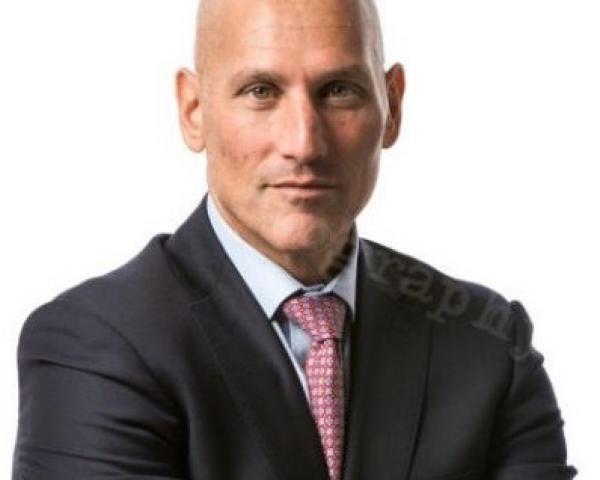Fifty-six cents of every premium dollar is indemnity (loss costs). A further 12 cents is needed to assess, value and pay those losses. Given that two-thirds of the insurance industry economics are tied up in losses, it would be logical that much of the innovation we are now witnessing should focus on driving down loss costs and loss adjustment expense — as opposed to the apparent insurtech focus on distribution (and, to a lesser extent, underwriting).
This is beginning to happen.
What do you have to believe for loss costs and adjustment expenses to be a prime area of innovation and disruption? You have to believe that the process (and, thus, the costs) to assess, value and pay losses is inefficient. You have to believe that you can eliminate the portion of loss costs associated with fraud (by some estimates, as much as 20%). You have to believe that there is a correct amount for a loss or injury that is lower than the outcomes achieved today, particularly once a legal process is started. You have to believe that economic improvements can happen even as customer experience improves. And you have to believe that loss costs and adjustment expenses can decline in a world in which sensor technology starts to dramatically reduce frequency of losses and manufacturers embed insurance and maintenance into their “smart” products.
See also: ‘Digital’ Needs a Personal Touch
Having spent years as an operating executive in the industry, I happen to believe all of the above, and I am excited by the claims innovation that is just now becoming visible and pulling all of the potential levers.
We are seeing an impact on nearly all aspect of the claims resolution value chain. Take a low-complexity property loss. Technology such as webchat, video calls, online claims reporting and customer picture upload are all changing the customer experience. While the technologies aren't having a huge impact on loss adjustment or loss costs, they are having profound impact on how claims are subsequently processed and handled.
One such example, as many have heard, is how Lemonade uses its claims bot for intake, triage and then claims handling for renters insurance. Lemonade’s average claim is a self-reported roughly $1,200 (low value), and only 27% are handled in the moment via a bot as opposed to being passed to a human for subsequent assessment. Still, Lemonade certainly provides a window to the future. Lemonade is clearly attacking the loss-adjustment expense for those claims where it believes an actual loss has occurred and for which it can quickly determine the replacement value.
More broadly, Lemonade is a window into how many are starting to use AI, machine learning and advanced analytics in claims in the First Notice of Loss (FNOL)/triage process — determining complexity, assessing fraud, determining potential for subrogation and guiding the customer to the most efficient and effective treatment.
While Lemonade is the example many talk about, AI companies such as infinilytics and Carpe Data are delivering solutions focused specifically on identifying valid claims that can be expedited and on identifying those claims that are more questionable and require a different type of treatment. These types of solutions are beginning to deliver improvement in both property and casualty. New data service providers — such as Understory, which provides single-location precision weather reports — can be used to identify a potential claim before even being notified, which can reduce loss costs through early intervention or provide reference data for potentially fraudulent claims.
Equally interesting is the amount of innovation and development appearing in the core loss-adjusting process. Historically, a property claim — regardless of complexity — would be assessed via a field adjuster who evaluates and estimates the loss. Deploying technical people in the field can be very effective, but it is obviously costly, and there is some variability in quality.
In a very short time, there are very interesting new models emerging that reimagine the way insurers handle claims.
Snapsheet is providing an outsourced solution that enables a claimant of its insurance company customers to use a service that is white-labeled for clients. The service enables the claimant to take pictures of physical damage, which is then “desk adjusted” to make a final determination of the value of the claim, followed by a rapid and efficient payment.
WeGoLook, majority-owned by claims services company Crawford & Co, is using a sophisticated crowd-sourced and mobile technology solution to rapidly respond to loss events with a “Looker” (agent) who can perform a guided process of field investigation and enable downstream desk adjusting process, as well.
Tractable provides artificial intelligence that takes images of damaged autos and estimates value (effectively a step toward automatic adjudicating). Tractable — like, Snapsheet and WeGoLook — has made great strides. Aegis, a European motor insurer, is rolling out Tractable following a successful pilot. In each of these instances, the process is much improved for customers — whether it be self-serving because they choose to do so (Snapsheet), rapidly responding to the event (WeGoLook) or dramatically reducing the cycle time (Tractable). All provide material improvements in customer experience.
See also: Waves of Change in Digital Expectations
Obviously, each of these models is attacking the loss adjustment expense — whether through a more consistently controlled process of adjusting at a desk, using AI to better assess parts replacement vs. repair or improving subrogation, among other potential levers.
Today, all of these solutions are rather independent of each other and generally address a low-complexity property loss (mostly in the auto segment), but the possible combination of these and other solutions (and how they are used depending on type and complexity of claims) could begin to amplify the impact of technology innovation in claims.


